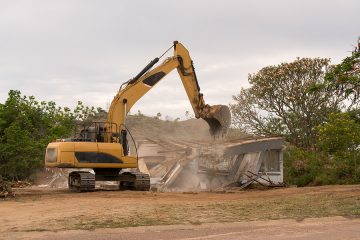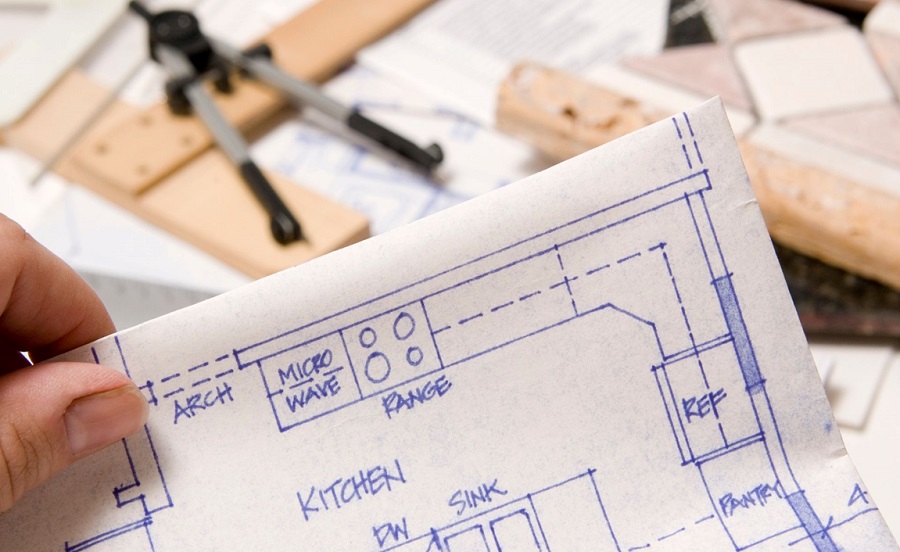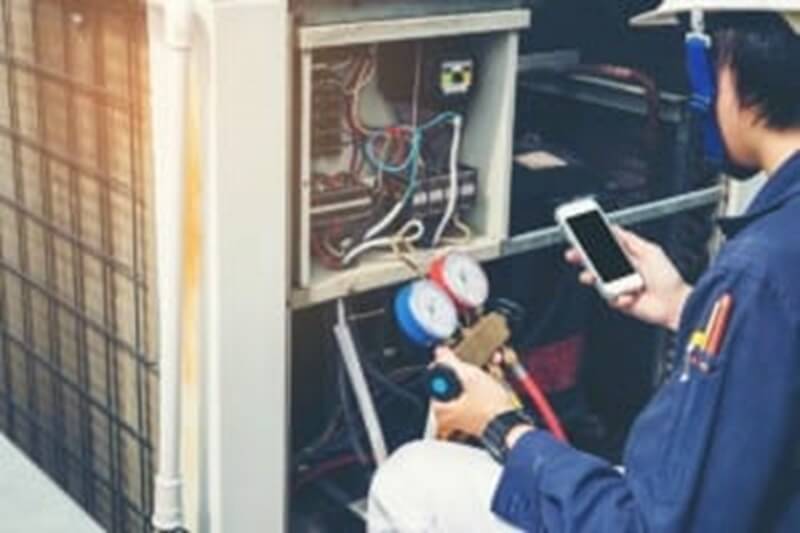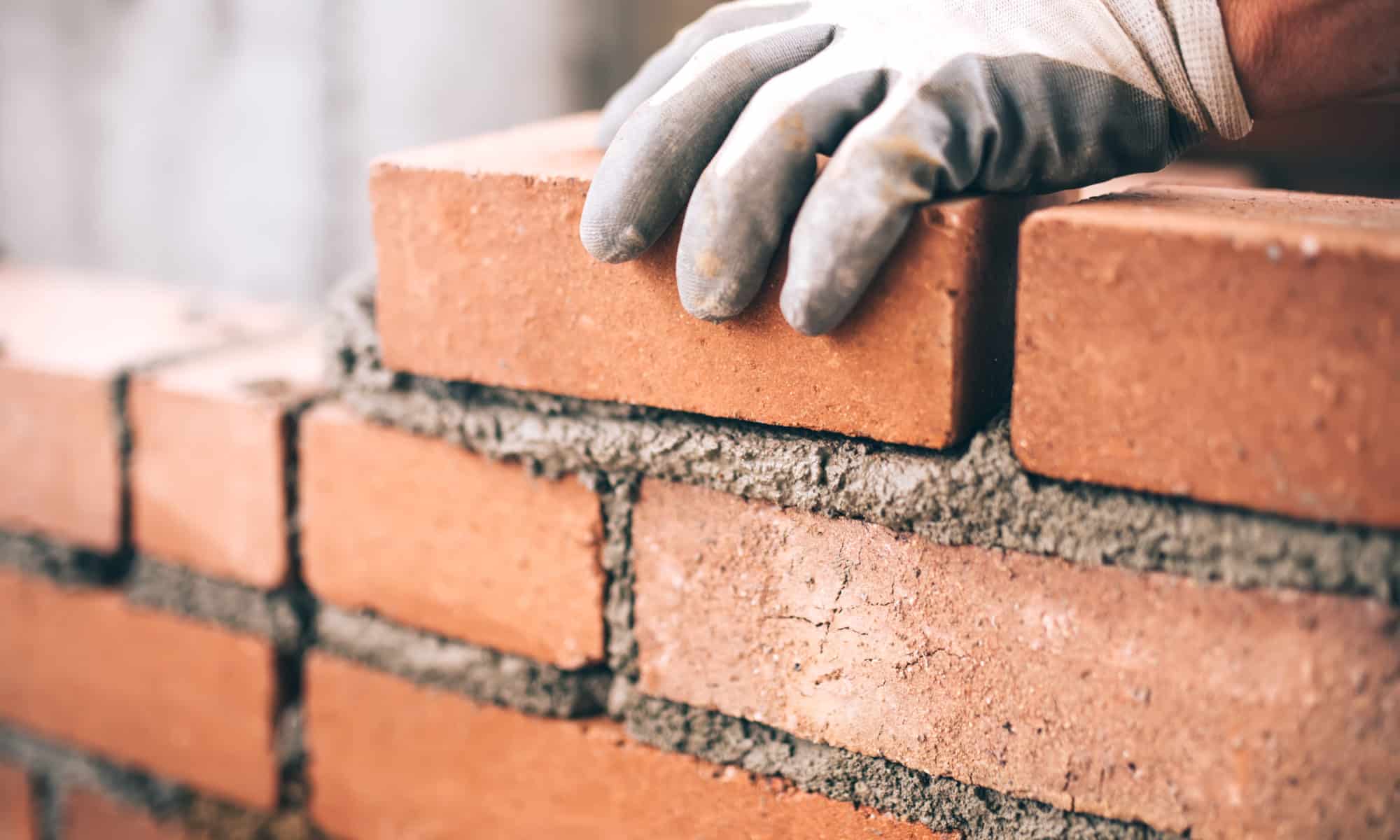How To Handle Personal Items After Water Damage?
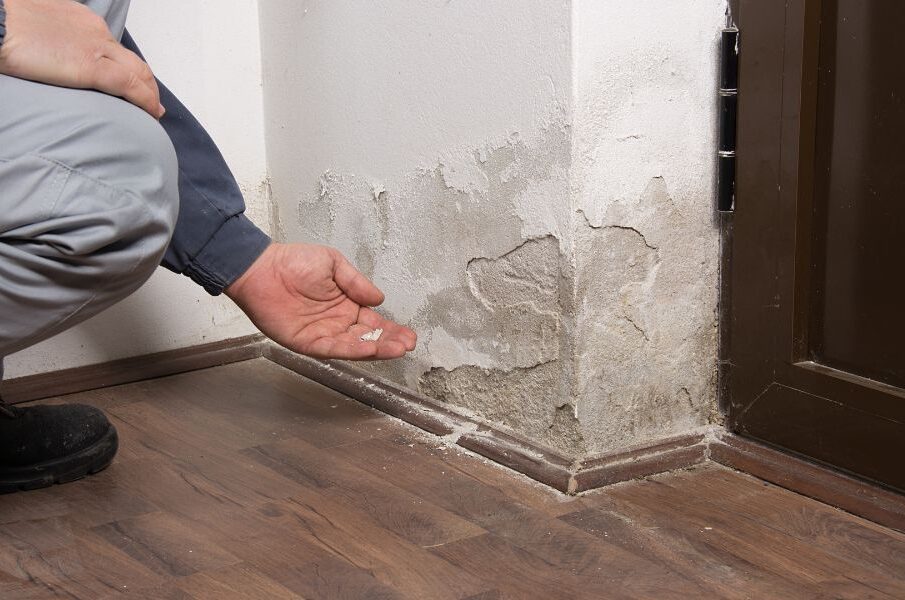
The damage caused by water in your home may be distressing, not only because it can affect your structure but also the contents of your home. If you have a water leak, a burst or cracked pipe, or even a roof that is leaking, it can damage your furniture, electronics, clothes, and sentimental items. In order to minimize the loss of your possessions and to facilitate the restoration procedure, you need to know how to correctly handle and salvage them after a flood. This article will provide a complete guide on how you can manage your belongings when they are damaged by water.
Assessing The Situation
Be sure to check the extent of any damage done by water before starting salvage efforts. These are the initial steps that you need to take.
- Make Sure Safety: Be sure to check the safety of an area before you enter it. Turn off the power and wear rubber gloves or boots to protect yourself from potential dangers.
- Record the Damage: Take images and videos of any locations or items that have been damaged. This documentation is vital for insurance and restoration claims.
- Contact the Professionals: In case of extensive water damage or water contaminated with sewage (e.g., back-up sewage), call a water damage service. They have all the necessary equipment and experience to deal with hazardous situations.
Sorting Belongings And Setting Priorities
After it’s safe, sort your belongings and set priorities for restoration.
- Sort Items By Wetness: Sort your items according to their wetness. First, focus on saving the wet objects. Prolonged exposure to water could cause irreversible effects.
- List Sentimental Things: Identifying and ranking items of sentimental importance, like photographs, heirlooms, or important documents. These items might be more difficult to substitute and need immediate attention.
- Assess Damage: Evaluate each item in order to determine the extent and type of damage. Consider factors including water exposure and material type.
Tips For Handling Different Kinds Of Belongings
Fabrics
- Separate: Sort clothing or fabrics by color.
- Dry by Air: You can hang your clothing outside in the sun or in a ventilated area. Avoid direct sunshine, which may cause fading.
- Professional Cleaning: If you have delicate or heavily soiled clothing, it is worth considering professional dry cleaning.
Furnishings
- Furniture Moved to Dry Area: Move furniture into a dry place to avoid further damage.
- Remove the Upholstery: When the upholstery is wet, it’s best to remove the cushions, pillows, and other items.
- Improve air circulation: Use fans or dehumidifiers for a faster drying process.
Electronics
- Disconnect Electronics from Power Sources
- Do Not use: Avoid turning electronics on when wet to prevent shorts.
- Professional Inspection: Should be inspected before use by a qualified technologist.
Documents
- Air Dry: Lay documents, paper, and other items on a level surface to allow them to air dry.
- Handle Wet Paper with Care: Handle paper that is wet gently to avoid tears.
- Frozen: Freeze large quantities of wet documents to prevent mold until they can properly be dried.
Book And Artwork
- Separate: Remove all books and artwork from the shelves.
- Air Dry: Stand books upright with pages spread out and allow them to dry.
- Professional restoration: Consider professional restoration for antique or valuable books and artwork.
Cleaning And Disinfection
In order to avoid mold growth, you must disinfect and clean all your belongings.
- For Non-Porous Materials: Clean non-porous surfaces with a disinfectant.
- For Porous Items: Professional cleaning is considered for porous objects like textiles and upholstery in order to disinfect them thoroughly.
Professionals In Restoration Can Be Consulted
A professional water damage restorer is recommended if the damage is extensive or if there are valuable items. They can provide expert guidance on water damage restoration techniques, suggest specialized drying procedures, and offer services to restore items in need of professional care.
Conclusion
Water damage may be devastating. However, prompt action and the appropriate response can help minimize damages and facilitate an effective restoration. If you follow these guidelines on how to deal with personal items following water damage, it is more likely that valuable items can be salvaged and your home will be restored to its previous condition. It is important to remember that safety should always be a priority; you must document damage in order to get insurance, and professional assistance may be needed. If you take proactive measures to protect your possessions and pay attention to the details, you will be able to navigate the challenges associated with water damage restoration.

